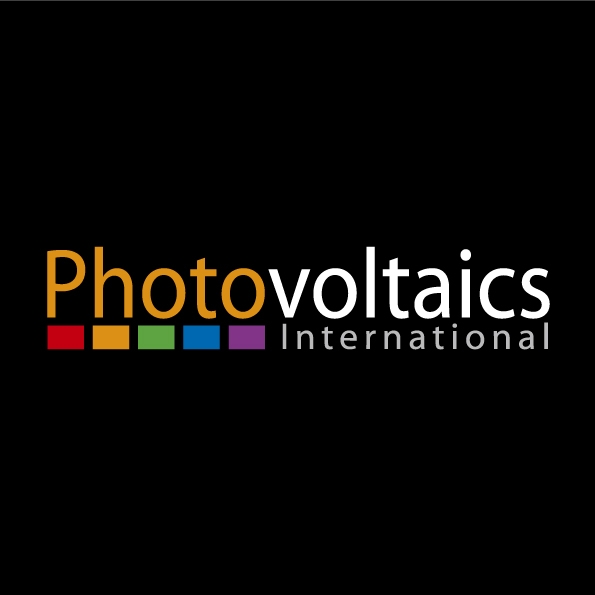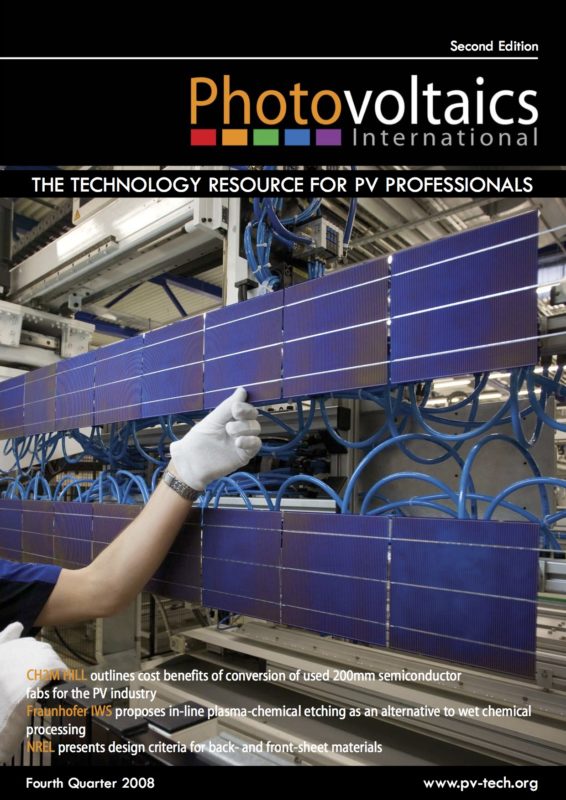By Andrew Fioramonti, Global Solar Product Manager, Technics, Inc.
A vast majority of silicon solar cells are manufactured using silver paste that is screen printed onto the front side of the wafer and fired to form the front-side contact. Though this method is well established within the industry, it continues to present several areas for potential efficiency improvements. The Fraunhofer Institute [1] has, among others, studied the potential of using electrodeposition of silver on top of the front side silver paste as a way to improve the front-side contact and increase cell efficiency. These results have shown cell efficiency increases of up to 0.4% absolute. This type of improvement has captured the interest of many manufacturers, but there has been a hesitancy to adopt electrodeposition as there is uncertainty as to what they can expect on their cells. Since efficiency gains are dependent upon many factors that can be unique to an individual cell, this paper provides a much-needed exploration of the potential effects of electrodeposition of silver in a way that isolates its effects from that of other factors.



